Director’s Close-Up: Another Type of Narrative: The Truth of Docs
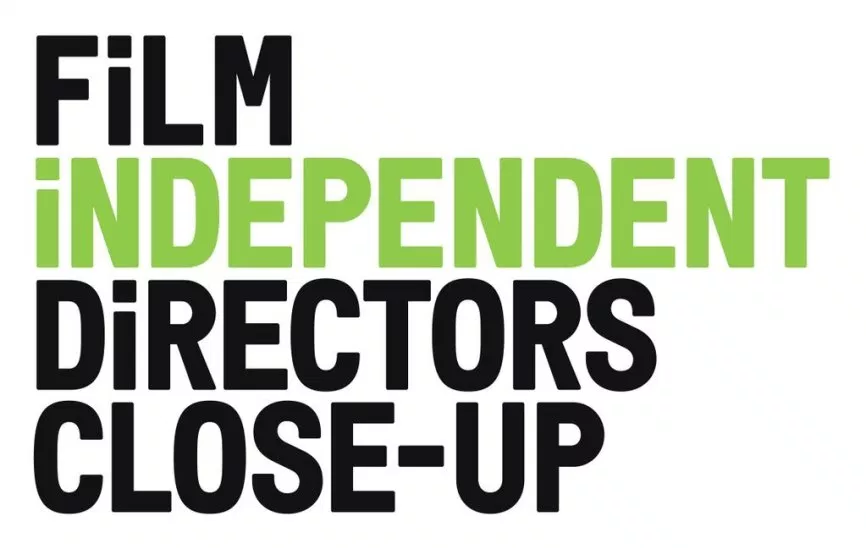
This has been a stellar year for documentary film. From fresh new voices telling compelling personal stories to veterans who continue to push the boundaries of storytelling, the form continues to evolve and grow into an exciting canvas for filmmakers to represent the world we live in. Join us as we discuss many of the questions and challenges inherent to nonfiction films, with the directors behind some of the most acclaimed documentaries of the year. They’ll explore how they go beyond letting reality unspool on screen to carefully crafting narratives that bring us closer to the truth.
Director’s Close-Up: Another Type of Narrative: The Truth of Docs
By Gerry Orz, KIDS FIRST! Film Critic, age 16
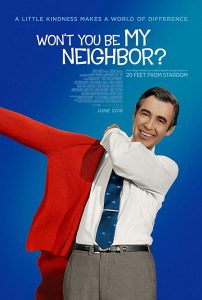
In the world of cinema, there is a division between jobs, between mediums and between genres. Yet, no bigger division exists than that between the world of fictional films and the world of documentaries. The third week of Director’s Close Up examined the documentary world by creating a panel of some of the most premier documentarians of the last year. It featured Alexandria Bombach (director; On Her Shoulders, Frame By Frame); Talal Derki (director; Of Fathers and Sons, The Return to Homs); Bing Liu (director, Minding the Gap); Morgan Neville (director; Won’t You Be My Neighbor?, 20 Feet from Stardom); Sandi Tan (writer/director, Shirkers) and was moderated by Lisa Leeman (director; One Lucky Elephant, Out of Faith)
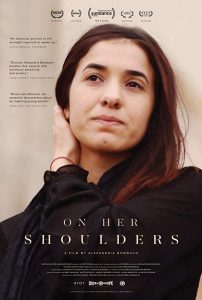
Each documentary had its own unique challenges. Alexandria’s documentary is about Nadia Murad, a victim of sexual violence that was abducted by ISIS. The story had to carefully tell her story and discuss her career without victimizing the heroine and making her relive the nightmarish experiences that she suffered. Talal perhaps had the most dangerous experience where he gained the trust to follow a radical Islamic family for two years. Bing’s journey to make his documentary was brave and complex as he examines three friends living in volatile families in a small rust-belt town. Morgan, a highly seasoned and Oscar award-winning documentarian took up the challenge of telling the story of Fred Rogers and revealing the depth of what everyone assumed was a simple two-dimensional TV personality. Lastly, Sandi chronicles the discovery of 16mm tapes for a film she made over two decades ago, that were stolen by the film’s director and her journey of reconnecting with old friends.
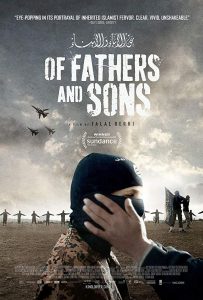
Talal told many stories of his experiences portraying the level of dedication he had to his project. He talked about how he had to delete photos from social media and go on pro-jihadist syndicates in order to seem supportive of radical Islam. This sacrificed many friends, but he succeeded. His troubles did not end there though. He explained that he could never have too much cash on him out of fear of being kidnapped, and had to cut his stay in dangerous territory after he learned that bloodthirsty leaders began hearing about him and his filmmaking. During the entire project, it was simply him alone in very dangerous zones with a camera. He had no crew, no backup and no friends in the foreign land. His journey is a prime example of the levels of danger and dedication a documentarian needs to have in order to get the access to material needed to make the film.
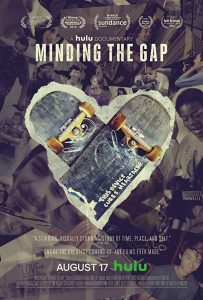
Many of the panelists discussed changes they made in the process of creating their films. Neither Bing nor Sandi planned on being in their own films, until very late in the production process, with Sandi having to use every second of footage of her available. Bing’s film features skateboarding often and he discussed his style of filming skateboarders, where he keeps the camera at eye-level, causing the focus to be on the skaters and their emotions instead of on the footwork and the skateboard. Morgan stated the importance of sound in Won’t You Be My Neighbor?, due to how meaningful music was to Fred Rogers. He also discussed the editing process and how to establish a certain mood, flow and style. He explained that “The Instructions for the film you are making are in the film you’re making.” Morgan also discussed how he wished to show the concept of nature leading to harmony and, at first wished to include many nature shots, but ended up deciding on one simple shot of a bird at the beginning to communicate his message. Their stories demonstrate so clearly just how much a documentary can change and how many elements must be considered in the filmmaking and editing process.

These five creators opened the eyes of the audience to the remarkable art form of the documentary. By bringing together such a varied group of filmmakers, Film Independent was able to show that, not only is each documentarian unique in their craft and the story they choose to tell, but also how unique their challenges are. Talal, in the Middle East had very different challenges from Sandi or Alexandria. It also shows how any scale of a story can be eye-opening. Alexandria’s story about Nadia should be listened to by all equally to Morgan’s story on Fred Rogers. The most captivating films are not ones of mass proportion, but – just as this panel demonstrated – are ones that are real, emotional, relatable and natural.

